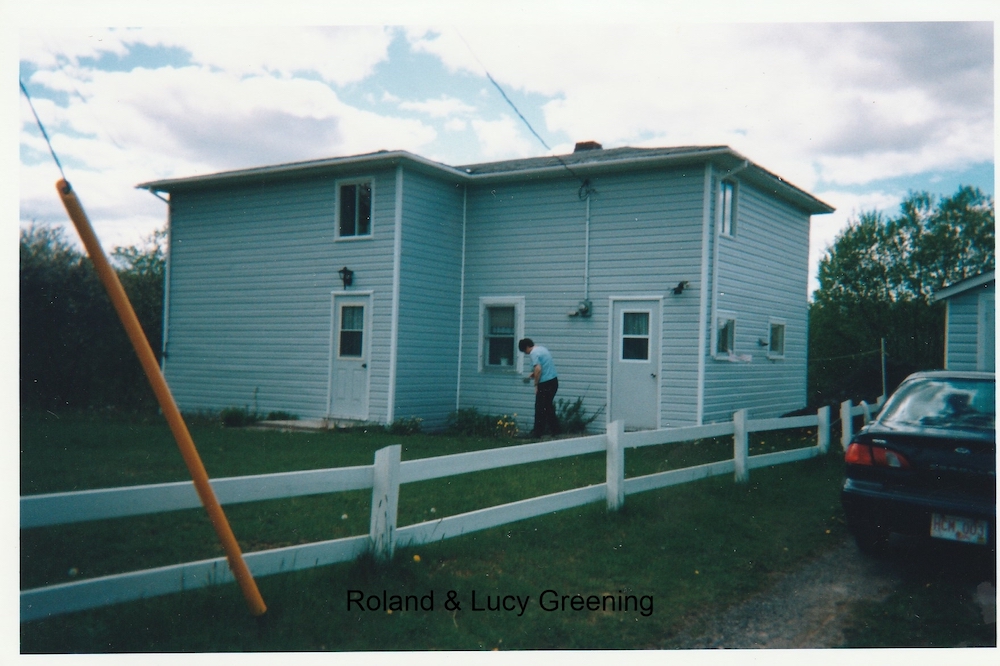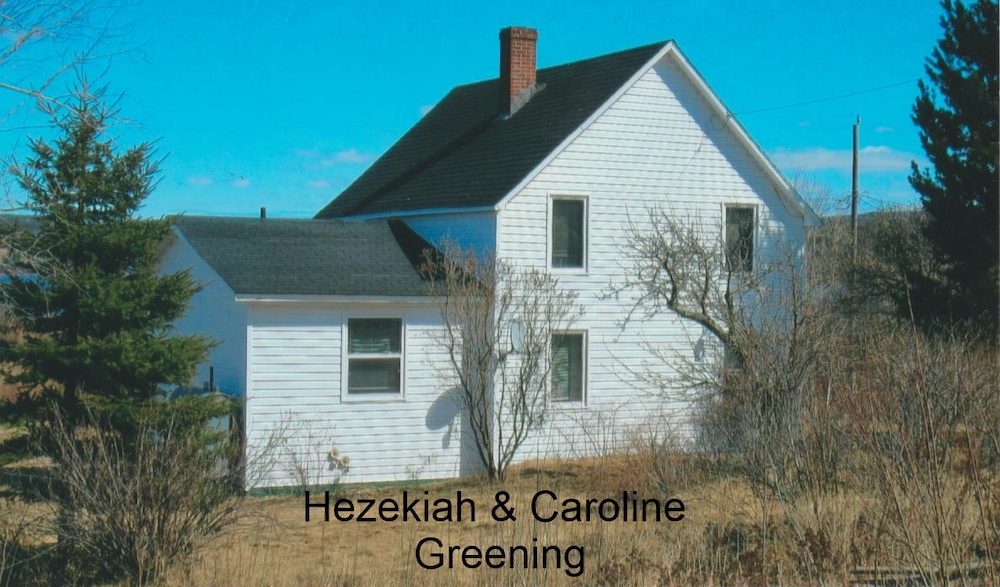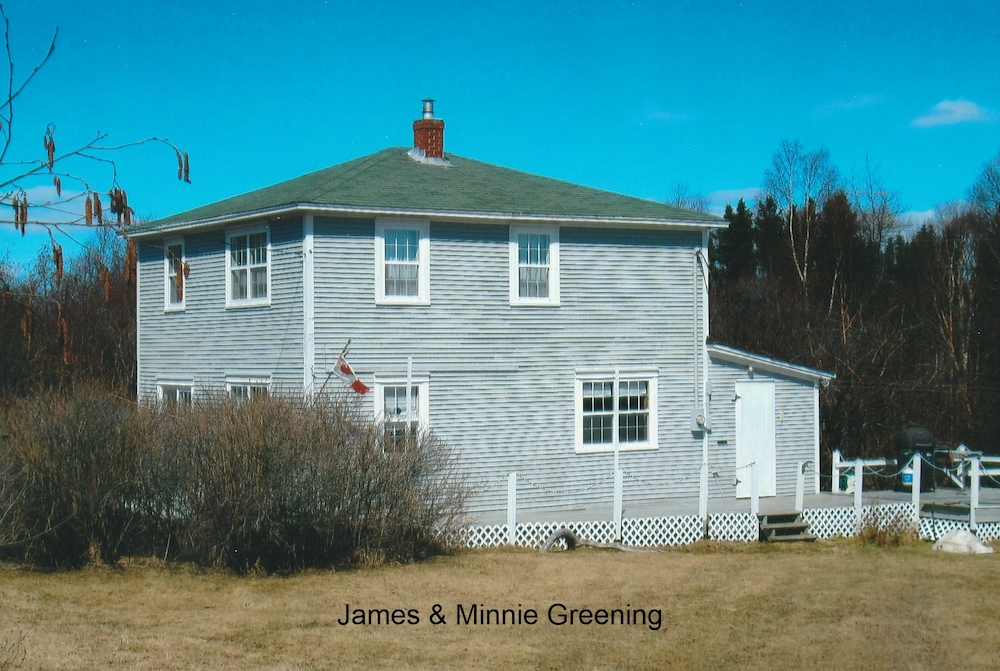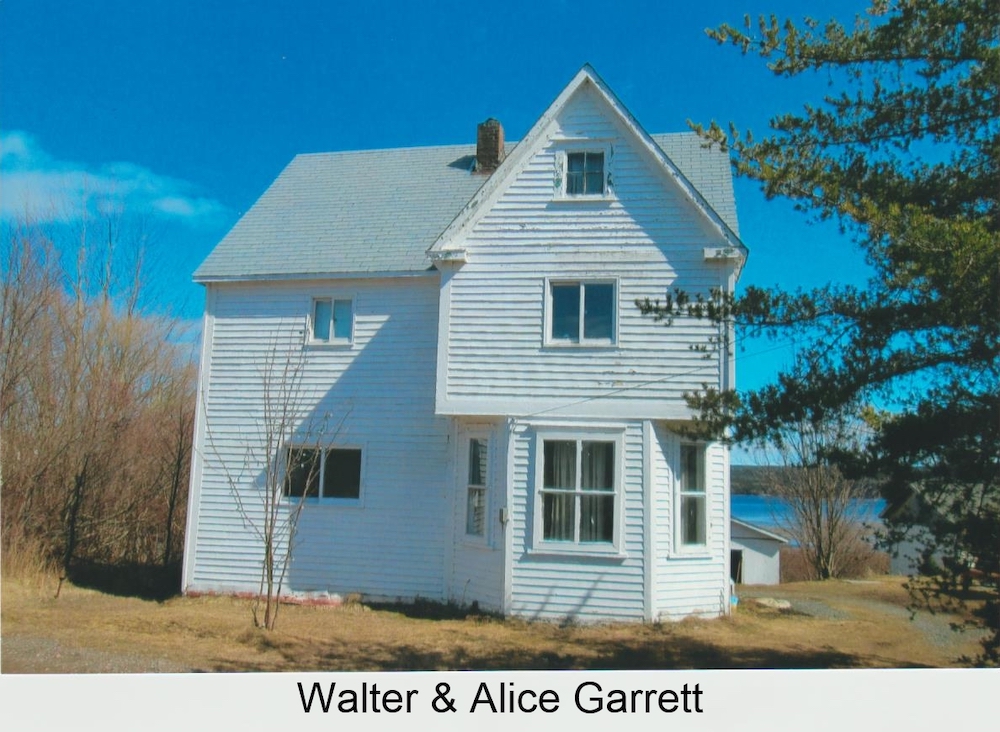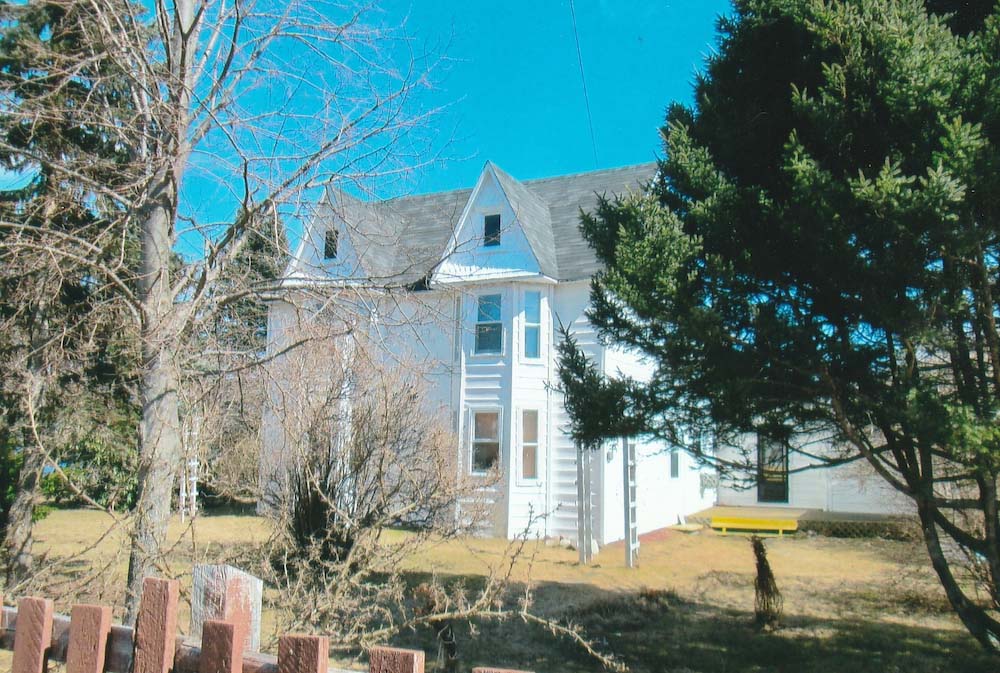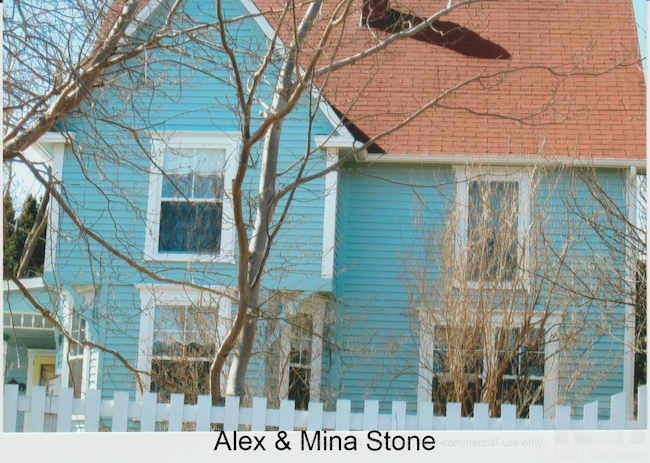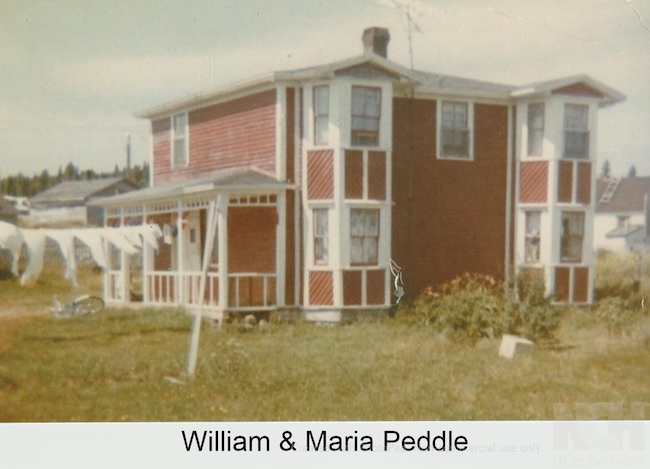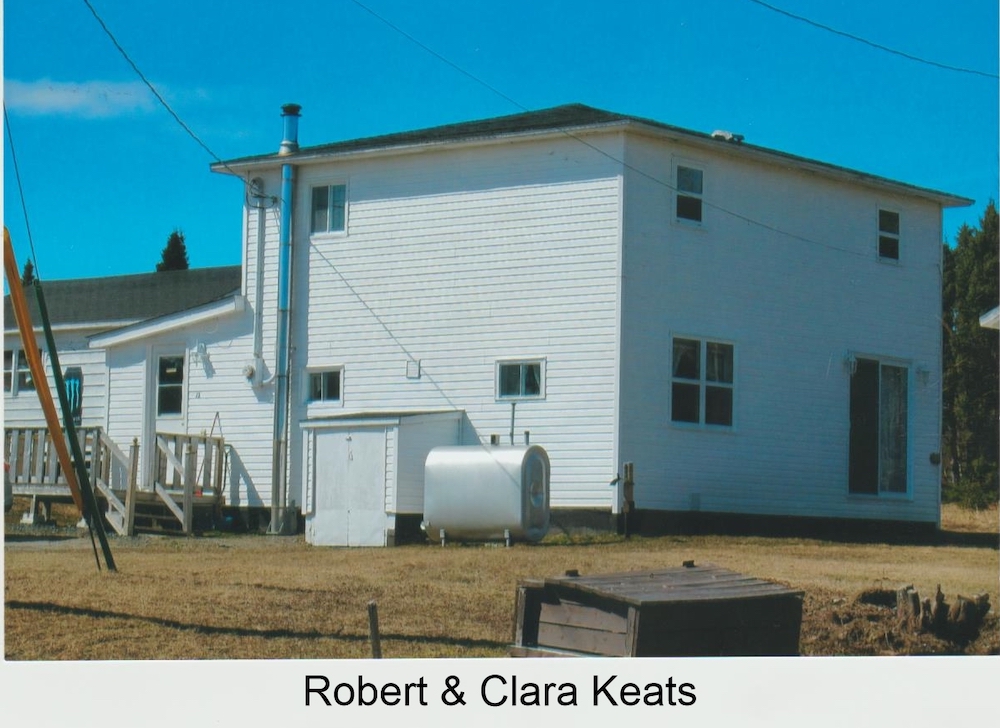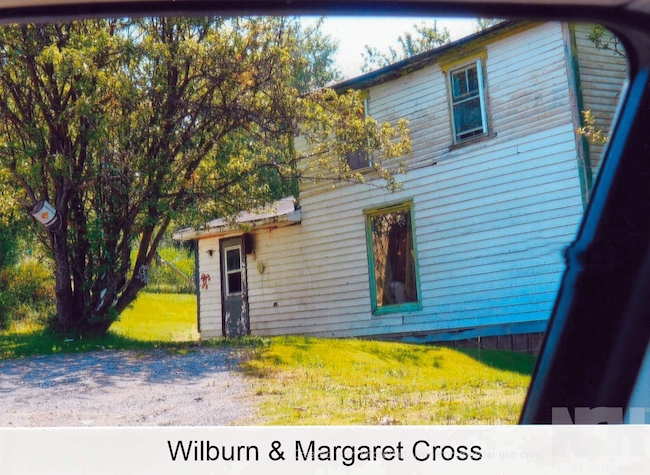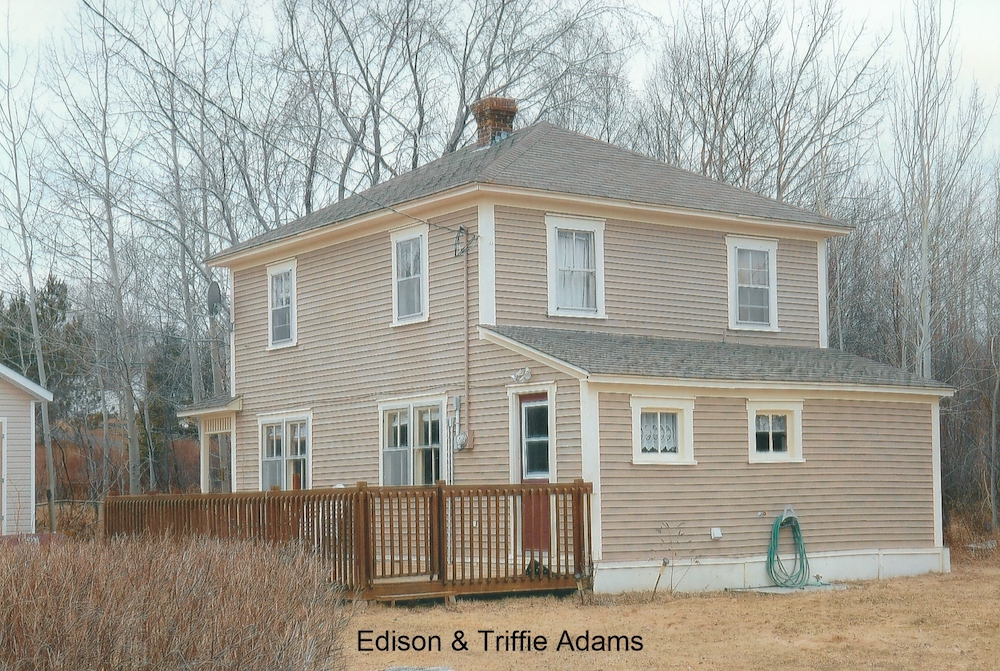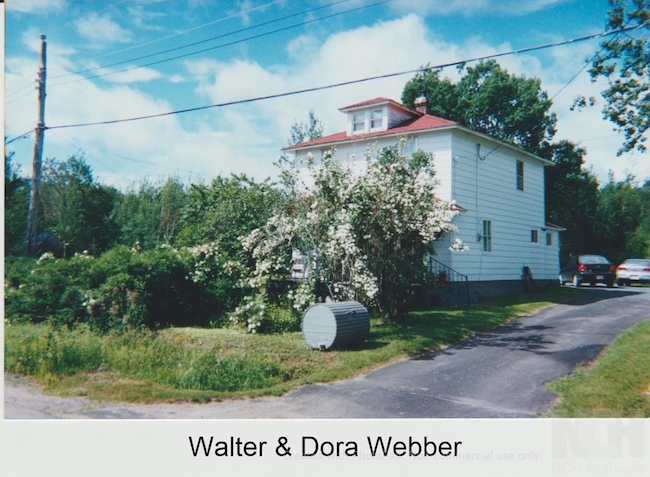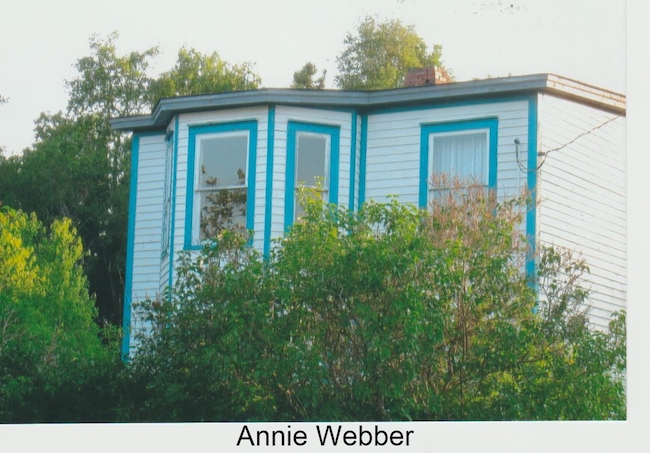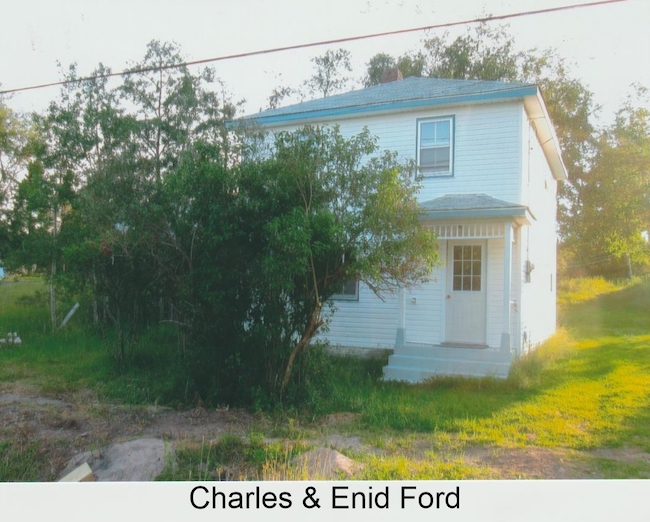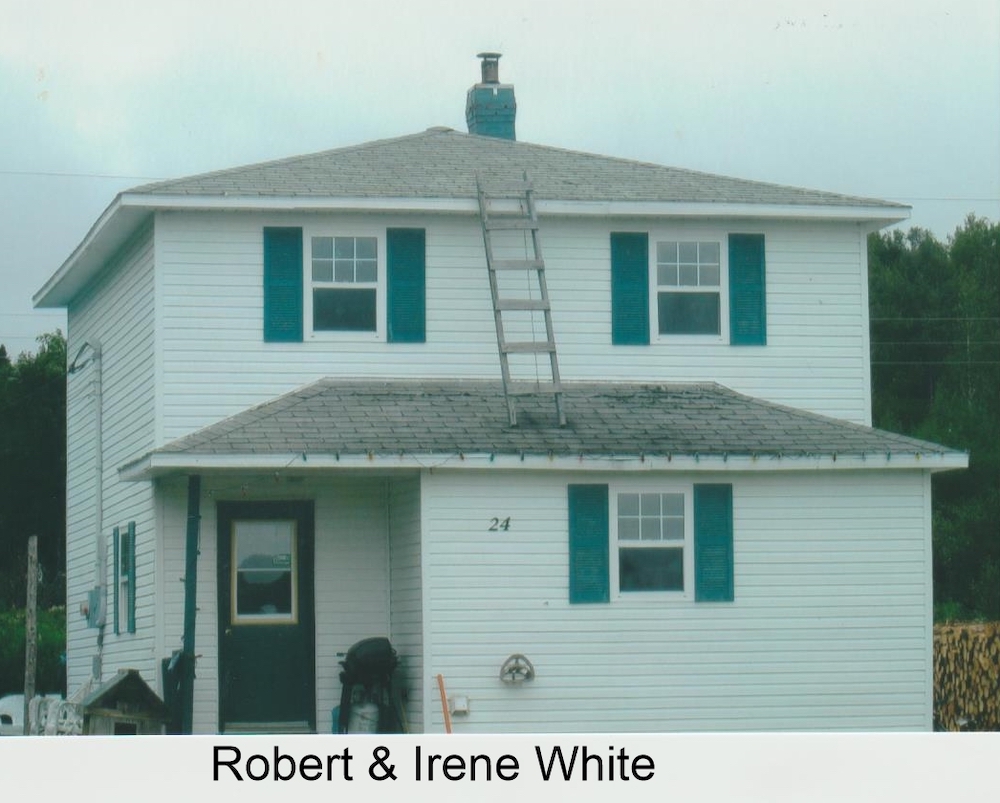
Early days to 1869
The history of Port Blandford is similar to that of most ‘out harbour’ communities of Newfoundland. English merchants sent men to the Newfoundland coasts from early spring to late fall seeking the abundant codfish. The fishermen would catch cod all spring and summer; split and dry the salted fish on flakes and stages (called rooms) before packing up and returning home for the winter. As the fishery increased in size, the merchants found they could begin fishing earlier if they left some men behind over the winter to keep their claim to the best rooms. These early settlers (planters) would cut timber during the winter and make repairs to stages and flakes in early spring while waiting for the fishing ships to return.
The English settlers were not the first residents of Port Blandford however. When William E. Cormack trekked across Newfoundland in 1822 with Sylvester Joe (an aboriginal guide) seeking to enter into peaceful conversations with the Beothuk, he describes crossing the ‘Clode Sound River’. Based on the description, the river was the Southwest River. The guide explained to Cormack that the Mi’kmaq used to canoe up the river looking for salmon.
J.B. Jukes studied the geology of the Bonavista Bay area in 1839 with Mr. Briggs (who was looking for timber for a boat he was building). There were no permanent inhabitants in Bonavista Bay past Barrow’s Harbour. Spending several days at the bottom of Clode Sound, Jukes discovered that the best timber had already been cut. He found several old winter houses (tilts) at the Northwest Arm and several more ‘tidy’ tilts at Southwest.
The Newfoundland Assembly begins planning an overland winter mail route in 1864. Prior to this, out ports only received mail by boat when the bays were clear of ice. Messengers would deliver the mail over trails blazed between communities. Tilts would serve the messengers when the distances proved too far to walk in one day. The government planned trails for both sides of Clode Sound. In 1865, Thomas Byrne (surveyor) built a chain bridge across the Northwest River while conducting a survey of the area. He also recommended building a tilt at Clode Sound for the mail messenger.
There were no permanent residents at Clode Sound when the Hon. Ambrose Shea visited the area in 1866. Mr. George Carter led a group of men who cut a line between Shoal Harbour and Clode Sound in 1867 for the ‘Great Northern Mail Route’.
1870 – 1889
The 1871 Lovell’s Gazetteer of British North America describes Clode Sound as an area of crown land with ‘a great quantity of good undisturbed land just awaiting the axe and plough of the settler’.
In 1878, Rev. Tocque recounts a conversation he had with Mr. Wiltshire from Bonavista who had spent several winters at Clode Sound cutting firewood and timber. Mr. Wiltshire also remembered several Mi’kmaq families living at Clode Sound who hunted and fished during the summer and returned to the coast in the fall to trade furs with the English settlers. Mr. Wiltshire believed that the last Mi’kmaq family left the area in 1841.
In a December of 1880 letter to the editor of the Evening Telegram, a writer discusses the poor quality of the mail route. In particular, the stumps along the route are too high and there is a lack of bridges over several rivers. The original plan for the mail route passed inland (15 miles) of Clode Sound.
The 1881 Report of the Select Committee proposes building a railroad from St. John’s to Hall’s Bay. The proposed railroad would pass by Clode Sound. The plan called for completion of the railroad by 1886 and preference given to local labourers over others. The company building the railway would receive one mile by eight mile blocks of land grants along the proposed route.
In 1882, the government granted Samual Saint 50 acres of land at Northwest Arm, Clode Sound. A writer to the Evening Telegram in November of 1887 discusses the need for bridges over the Salmon and Middle Rivers at Clode Sound. The Newfoundland Legislative Acts for 1888 allocated twelve dollars and sixty cents for a road at Clode Sound.
1890 – 1899
Mr. John Tilley (from Shoal Harbour) writes to the Evening Telegram in 1892 about the men cutting and horses hauling logs towards Clode Sound for the railway. Also in 1892, the Legislative Assembly announces the plan to establish steamers to facilitate travellers, carry freight, and increase trade. A writer to the Evening Telegram in September of 1892 discusses the arrival of Mr. Joseph Stone (from Little Catelina) and Mr. Stairs (from Goose Bay) to Clode Sound. They are quieting the ‘unbelieving Thomas’s’ by clearing land and building homes away from the seaboard.
Regular mail delivery begins in December 1892. Ships are visiting Clode Sound with loads of coal and iron from the Dominion Bridge Company for the new railway. The telegraph office and station are completed. The residents are considering renaming the community from Clode Sound to Port Blandford. Mr. Hector Ross led the team that built the original wharf in 1892.
In 1893, a group of men cut a trail between Clode Sound and Goose Bay so that the mail messenger could make the trip faster (the trip now takes four hours). Mr. Noseworthy advertises his sawmill machinery at Port Blandford for sale. Trainloads of lumber are heading East to St. John’s to help rebuild after the drastic fire of 1892. Campbell Lumber Company also hires six schooners to transport lumber to St. John’s. Between 1890 and 1900, over 3.5 million feet of lumber passed through Port Blandford bound for St. John’s and other American ports. Men are busy making hoops and staves for barrels (300 bundles of hoops were shipped to St. John’s aboard the Willian Peterson). Several ships were under construction.
The 1894 McAlpine’s Directory listed 47 men living at Clode Sound (women and children were not listed in early publications). The Clode Sound entry included the communities of Charlottetown and Bunyan’s Cove. Most residents were fishermen except for James Rowsell (lumber surveyor), Francis Stares (postmaster), and Allan Stares Jr. (tinsmith). The 1894 Table of Distances for the Newfoundland Northern and Western Railway lists Port Blandford and Clode Sound as the same place. The 1898 McAlpine’s Directory listed 59 men living at Clode Sound. More men are now working as railway labourers than as fishermen. Family names include Efford, Greening, Harris, Holloway, Keats, Mugford, Pardy, and Stone. Francis Stares is still the postmaster, Josiah Stone operated a hotel, David Stone was the telegraph operator, and Frederick Steads was a shopkeeper. The first scheduled passenger train from St. John’s reaches Port aux Basques 29 June 1899.
1900 – 1909
The Reid Newfoundland Company accepts the ‘alphabet fleet’, a line of steamers for carrying freight, passengers, and mail between railway stations and communities located around the different bays. The S.S. Dundee is stationed at Port Blandford (Capt. Darius Blandford – master). W.F. Coaker is the postmaster and Charles Furey is the station agent.
Mr. Pelley (from Thorburn Lake) establishes a sawmill at Port Blandford in 1901. About forty men cut a schooner load of firewood in exchange for a load of slate for the roof of the new Church of England church in 1902. The writer to the Evening Telegram estimates that the men of Port Blandford will cut 35,000 bundles of hoops this winter (making each man $80.00). Mr. Forbes (from Bonavista) becomes the Postal Telegraph official. Mr. Morris (House of Assembly) proposed to amend the Post Office Act due to a number of communities changing their name. Clode Sound is now Port Blandford under the Act.
In 1903, Clode Sound is deleted as a Port of Entry and Port Blandford is added. The Preventive Officer would collect duties from arriving vessels ($100 collected in 1900). A number of Port Blandford residents present a petition to the government for a road through the settlement because the children walked along the tracks and the areas around the bridges and rock cuts were particularly dangerous. The Education Act of 1903 creates the Methodist Port Blandford Educational District. The district includes the communities of Gambo, Middle Brook, Dark Cove, and Port Blandford. Rev. James Bright and Mr. S.R. Oakley represented Port Blandford.
The 1904 McAlpine’s Directory lists 50 men living at Port Blandford (the name has now changed from Clode Sound).
In a letter to the editor of the Evening Telegram in 1907, the writer from Port Blandford talks about the progress made on the Church of England church. The men of the congregation formed a building committee, selected a site and approved the plan drawn by Mr. D. Marshall (also the carpenter). Rev. A.E. Tulk was the minister. The Church of England Women’s Association held a goods and bake sale at the school where they raised $166.70. Names involved at the worktable included Miss Blandford, Mrs. Alan Stairs, Mrs. Chafe and Mrs Carter. Also involved were Mrs. Blackmore, Rowsell, Carpenter, Moss, Peddle, Greening, Holloway, and Miss Chafe and Miss Blackmore. The group thanked the officers and crew of the Dundee for their help and W.J. Greening for their donation.
1910 – 1919
James R. Rowsell, originally from Port Blandford, becomes the Justice of the peace for the colony of Newfoundland in 1910. Mr. C.J. Furey, R.N.C. agent for Port Blandford for the past ten years, resigns in May 1910 and receives a pipe.
The 1911 McAlpine’s Maritime and Newfoundland Gazetteer lists Port Blandford as a post and money order village in Bonavista district, situated in Bonavista Bay, a station on Reid Nfld. Railway, Clarenville section, 20 miles from Clarenville; contains 4 stores, customs, postal telegraph, 3 churches, Methodist, Salvation Army and Church of England. It is the connecting place for the coastal steamship service for the ports in Bonavista Bay. The population is 250.
The 1911 Newfoundland census lists 99 families living at Port Blandford totalling 464 people. Family names now include Blackmore , Best, Chatman, Crocker, Ford, Garrett, Hobbs, Hoskins, Napier, Moss, Peddle, Pelley, Penney, Rowsell, Skeffington, Stares, Stead, Webber, Weeks, and Wells.
Mr. F. Stares operates a sawmill (located near the steamer wharf) at Port Blandford in 1911. His sons erected the mill and installed all machinery. The sawmill has six different kinds of saws, putting out matched board, shingles, heading, and staves.
The First World War began 28 July 1914 and lasted until 11 November 1918. John Carpenter, William Carpenter, Pierce Crocker, Everett Cross, John Cuff, Thomas Garrett, George Greening, John Greening, William Greening, Lawrence Hoskins, Thomas Howe Walter Oakley, Leonard Napier, William Peddle, Alexander Penney, John Powell, Frank Stares, John Stares, Benjamin Stead, and Ernest Stead enlisted to help with the fight. Several Port Blandford men received wounds during their battle; Alex Penney died from wounds sustained during battle.
An advertisement in the Evening Telegram for 1916 seeks male teachers to help with church work for the Port Blandford, Bunyan’s Cove, and Gambo schools. The annual salary is $170. In 1917, the Methodist School at Port Blandford advertised for a male first grade teacher and someone to help with church work. The annual salary is $200. Capt. Darius Blandford dies on 30 May 1917. Capt. George Blackmore becomes the new master of the Dundee.


